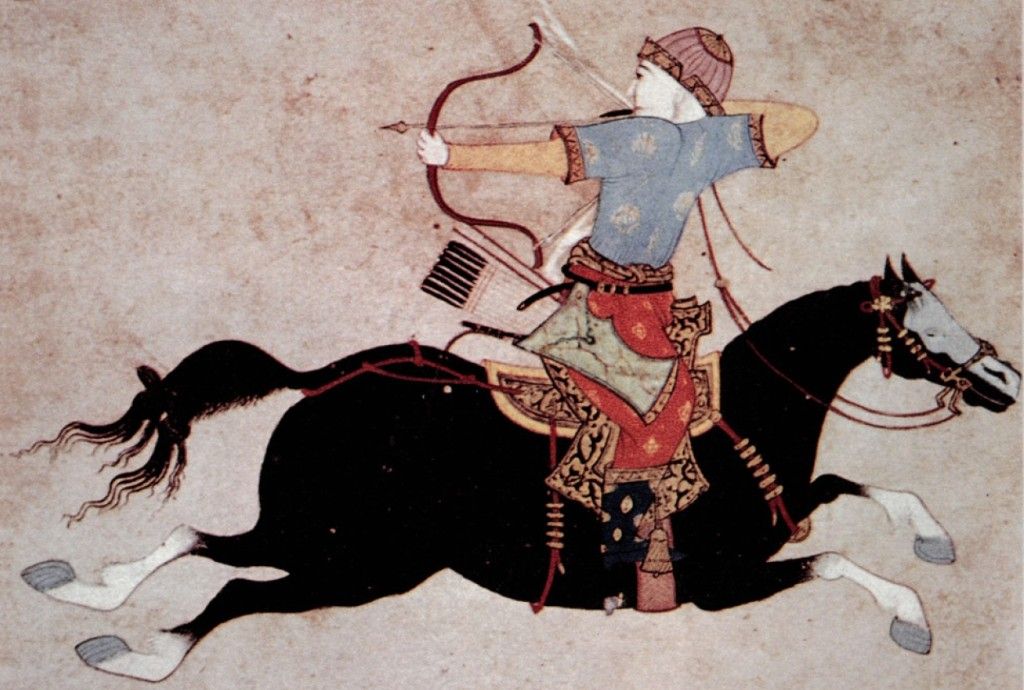

The Mongols were a tribe of nomadic horseriders from the Eurasian steppe just north of China. They were united in 1206 under Temujin, who was proclaimed Genghis Khan ("universal ruler.") Under his leadership, the Mongols sent out armies in every direction, conquering what remains to this day the largest land empire in human history.
The Mongols seriously uprooted the status quo. Using their composite bows to fire arrows from horseback, the Mongols destroyed the Song Dynasty in China, Khwarazm Empire in Persia, and the Abbasid Caliphate in the Middle East, subjugated the Slavic peoples of eastern Europe and the Turks of Anatolia, and conquered all the steppe peoples of central Asia. It is estimated the Mongols killed around 40,000,000 people in the course of their conquests. On the brighter side, the Mongol Empire served as a second Silk Road, opening lines of trade, communication, and cultural exchange between East and West to an unprecedented level. Many of China's technological advances made their way to Europe over the next few centuries.
However, the Mongols proved better conquerors than administrators, and by the end of the thirteenth century, the Mongol Empire fractured into four successor states: the Golden Horde in eastern Europe, the Ilkhanate in the former Persian Empire, the Chagatai Khanate in central Asia, and the Yuan Dynasty in China.
As these successor states themselves declined and Mongol power withdrew from the lands they had conquered, new nations emerged to fill the power vacuum. West of the Ural Mountains, two smaller states merged to create Poland-Lithuania, now the great power of eastern Europe. In the forests north of the steppe, various Russian city states began to grow. The Turkish peoples living in Anatolia came under the leadership of Sultan Osman I, becoming known as the Ottoman Turks. In China, the Yuan Dynasty was overthrown by the Ming Dynasty, which reestablished the primacy of ethnic Han, moved the Chinese capital to Beijing, and built the Forbidden City.
Traditional Mongolian music includes a style of overtone singing called khoomei (also transliterated four hundred other ways.) For some reason, this style of music did not become particularly popular among any of the Mongols' subjugated peoples.
What did become popular, however, was the Mongols' habit of using two items they had in abundance - horsehair and bowstrings - to create sustained, vibrating pitches. After contact with the Mongols, the popularity of the European violin and Chinese erhu soared, becoming the most prominent instruments of their respective cultures.
Khoomei and Morin Khuur by Bukhu Ganburged
Tuvan Throat Singing
Estampie Royal No. 2 (Violin)
Jasmine Flower (Erhu)